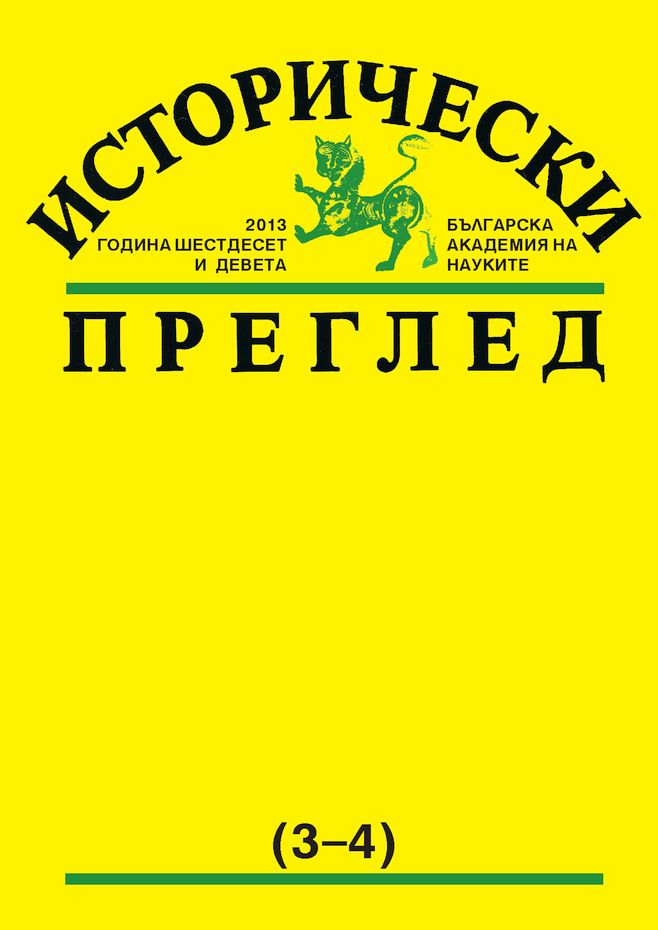
We kindly inform you that, as long as the subject affiliation of our 300.000+ articles is in progress, you might get unsufficient or no results on your third level or second level search. In this case, please broaden your search criteria.


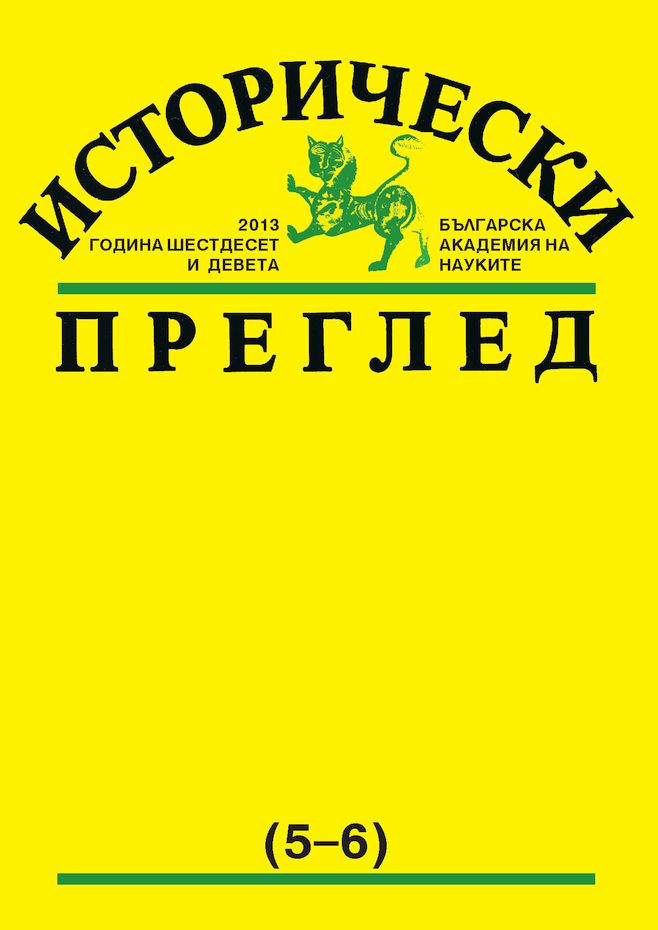
The article traces the policy for preparation of engineering and business professionals in Bulgaria in the second half of the 1940s and in the 1950s in connection with the needs of economic recovery and structural reforms as well as the beginning of the accelerated industrialization of the country. For this purpose, the number of students admitted in higher engineering and agricultural and economic institutes increased extensively. These processes took place under severe political struggle, which, together with the immediate and long-term economic objectives laid down the policy of the Communist Party for the preparation of engineering and business professionals. This policy had special features such as: criteria for selection of students - initially it was political loyalty, subsequently - the worker-peasant origin; establishment of specialized technical institutes; introduction of ideological disciplines; studying the Russian language; increasing the number of young teachers while maintaining some of the old; establishment of new forms and units for training of senior staff - part time and evening courses, workers departments, higher party school, sending people to study in the USSR; manufacturing practice. However, senior staff selected and trained in this way in the 1940s and 1950s sought to realize their new status of technical intelligentsia, not the workers university graduates for immediate production, as was the purpose of the ruling Communist Party in organization of higher technical education.
More...
The main purpose of the research is to highlight some aspects of the science and technology policy of the state in Bulgaria under the State Socialism. The focus of the study is put on the analysis of three main aspects of the science policy in Bulgaria: the formulation of the science and technology strategy, the establishment of the organizational and institutional framework of the Innovation process by a various political activities undertaken by the state government and the general impact of the science, technology and innovation development on the social economic condition of the country. Following the Soviet experience in the organization and planning of the scientific development in most of the East European countries including Bulgaria, there were established public institutions for planning and management of the R&D process in order to strengthen the close relationship between scientific and technological developments and their implementation in the industrial production. There are four types of organizational structures that play a key role in the innovation process that can be distinguished in the Bulgarian economic system. These are the production companies, sectorial ministries, research and development institutes and other government agencies. At the same time we can outline two types of organizational relationships between these entities and they are, on a vertical, and a horizontal level. The main institutions covering those four types of structures, running the organization and management of the innovation process in Bulgaria are The State Committee For Science and Technical Progress, Bulgarian Academy of Science, The State Planning Committee and the Institute of Inventions and Innovations.To these, we must add and some public organizations with corporate image that also play an important role in the implementation of the scientific and technological results – The Scientific and Technical Unions and the Union of Scientists, the Trade unions, under whose auspices are organized so called „socialist brigades for technical progress“; The “Komsomol” organization that became the basis for the creation of „movement for scientific and technical creativity of youth“ – TNTM. “Due to the scientific and technological policy at the end of 80s in Bulgaria had been established large scale for the country size, production base, providing significant production in high-tech activities mainly for export to the economic zone of the CMEA. This base was mainly concentrated in major economic associations specialized in computing, electronics and microelectronics, chemical industry, military industry, as well as in the experimental production of some universities and institutional R&D units as well as the research institutes of the Bulgarian Academy of Science. The research has been carried out almost entirely on the basis of unpublished documents from the archive of Political Bureau of the Central Committee of the Bulgarian Communist Party, the archive from the Council of Ministers, the documentation of the State Committee for Science and Technical Progress as well as the archives of COMECON.
More...
After so many years of stagnation, when November 10, 1989 came at last, surprised we asked ourselves: democracy in our country too? What happened to Bulgarians? From its very first days countless rallies, marches, happenings, festivals, live chains came one after another.More or less organized, they became an integral part of our contemporary history. Outside the«core» on duty with its trained voices, coordinated responses and too poor and easily recognizable repertoire, from the first rallies Bulgarians started to come neither on special invitation nor for marking presence. They believed that they had not been sought after like figures that would cover the square and on this basis would make the sum for sociological surveys and media coverage - three people per square meter; they believed that someone wanted to tell them something new and to hear their opinion. They went to see the new faces (or the “new”old ones) and to give them their trust or distrust. “Small” person ceased to feel “small” and felt as the creator of their history. Precisely the rallies and processions became part of this story,or at least its visible part... The way of communication between people and between them and the leaders became the slogan. Slogans, banners, chants and cheers created a kind of coordinate system. It gradually cleared; new formulations tailored to the requirements of the day were added, others dropped out. One or other call was formulated because of the need to join a community that complies with your "self". That is why slogans are a kind of identification. When one finds “their” community, one gets a sense of protection, so the slogans were like “tranquilizers”.
More...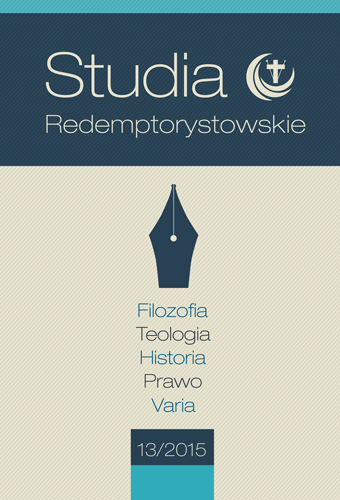
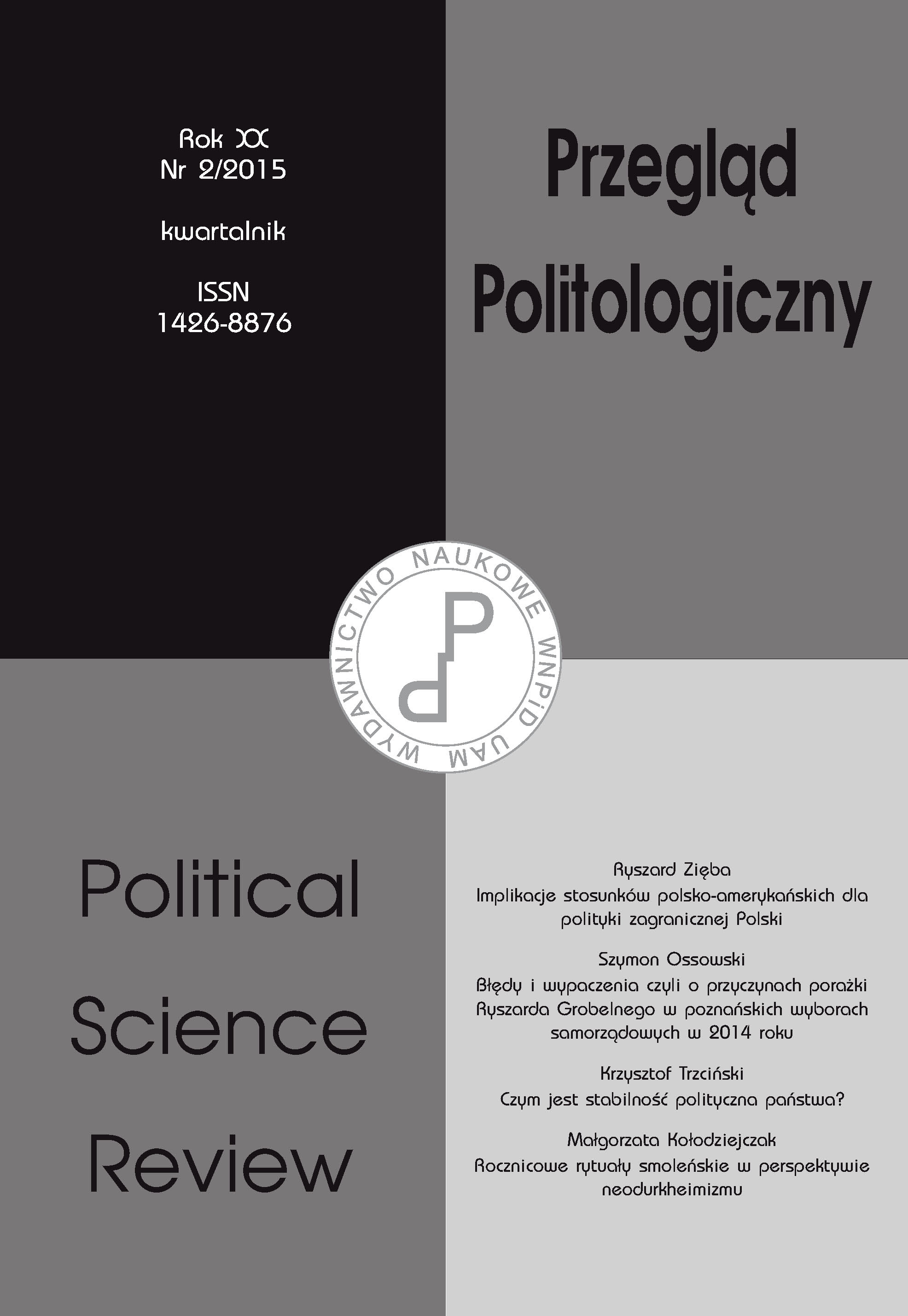
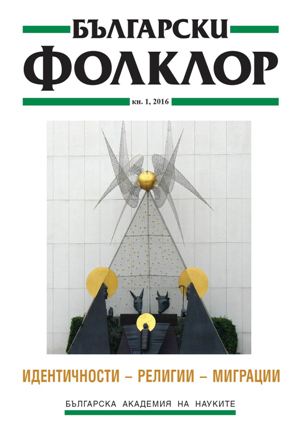
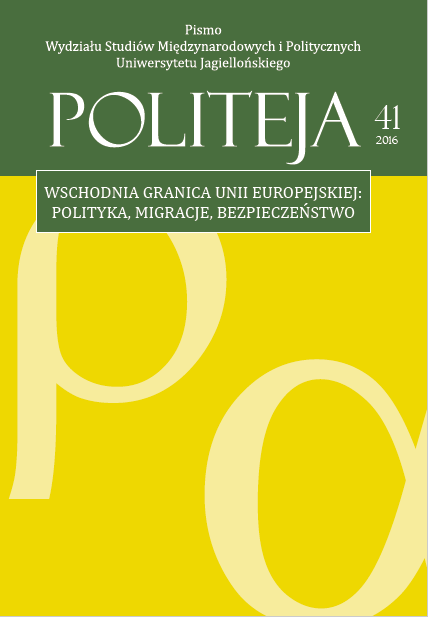
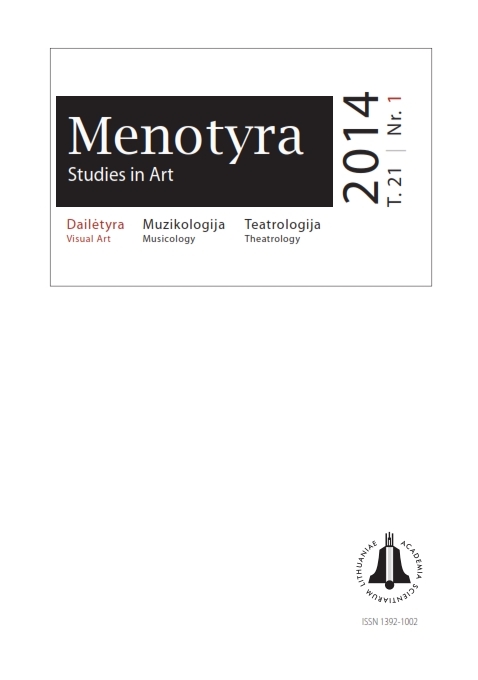
Review about the conference "Dailės kūrinys – istorijos šaltinis"
More...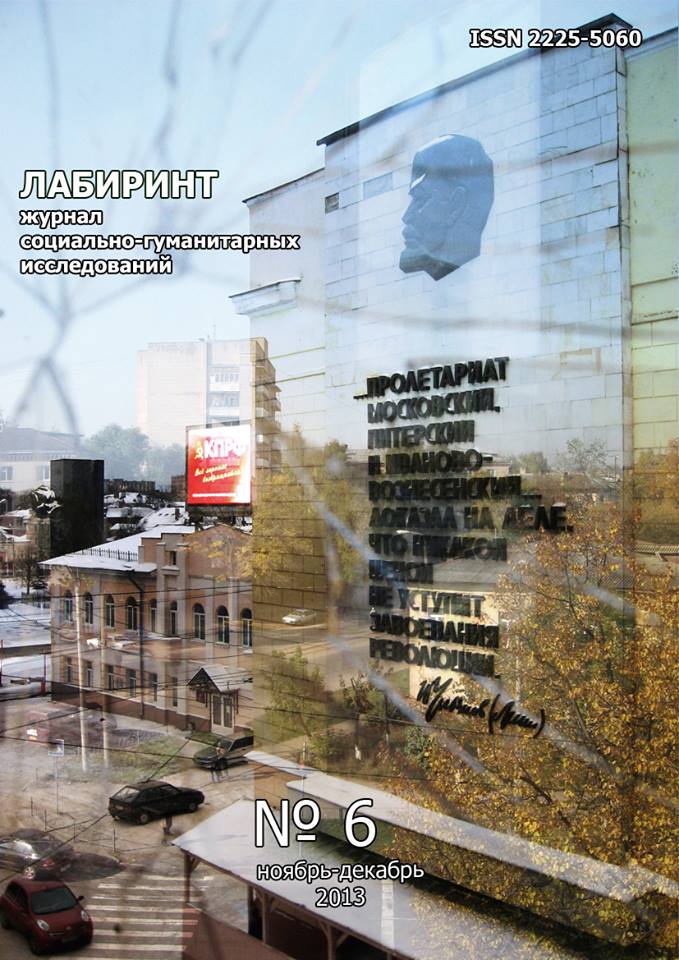
Краснокамск — промышленный город — спутник столицы Пермского края, отме- тивший в 2013 году 75-летие. Он впервые стал местом проведения всероссийского научно- го форума, посвященного проблемам исследования, репрезентации и современного ис- пользования архитектурного наследия соцгородов. «Социалистические города», эти авто- номные поселения при промышленных предприятиях с органичным сочетанием жилого комплекса и развитой системы культурно-бытового обслуживания, должны были вопло- тить в жизнь утопические идеи по формированию нового человека и новой городской сре- ды. Ни один из «жизнестроительных» проектов соцгородов не был воплощен в задуман- ном архитекторами и городскими проектировщиками виде. Каждый такой микрорайон пе- реживает сегодня не лучшие времена — где-то нарушена целостность планировочного ре- шения, где-то происходит руинирование зданий, где-то резко ухудшается социальный со- став жителей, происходит маргинализация, выключение больших городских территорий из современных урбанизационных процессов.
More...
15 февраля 2014 года в Уральском Федеральном университете (г. Екатеринбург) в рамках междисциплинарного проекта «Советский мир: конформизм и конформисты» со- стоялся четвертый всероссийский научный семинар «Советский художник в ситуации смены идеологии». Инициаторами проекта, начавшегося в 2012 году, постоянными орга- низаторами и участниками являются доктор философских наук, профессор Института со- циально политических наук УрФУ Татьяна Анатольевна Круглова и доктор филологических наук, профессор Института гуманитарных наук и искусств Мария Аркадьевна Литов-ская.
More...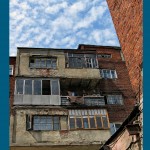
Все четыре стихии: земли и воздуха, огня и воды — играют в жизни человека важнейшую роль, и ни одной из них не отдашь предпочтение. На то они и стихии жизни. Но очень важно, что по природе своей земля, суша — это среда обитания, а вода — это первая среда, которая была освоена человеком для передвижения, прежде, чем он освоил с этой целью сушу и воз- дух. По воде движется сам человек, по воде распространяется его культура, вода — не только источник жизни, но и носитель жизни. Именно поэтому мы решили назвать нашу между- народную научную конференцию «Водные пути: пути жизни, пути культуры» (Тверь, 15–19 сентября 2015 г.). А цель ее, по нашему замыслу, состояла в том, чтобы понять, каким образом сила воды формирует наше сознание и наше осознание самих себя.
More...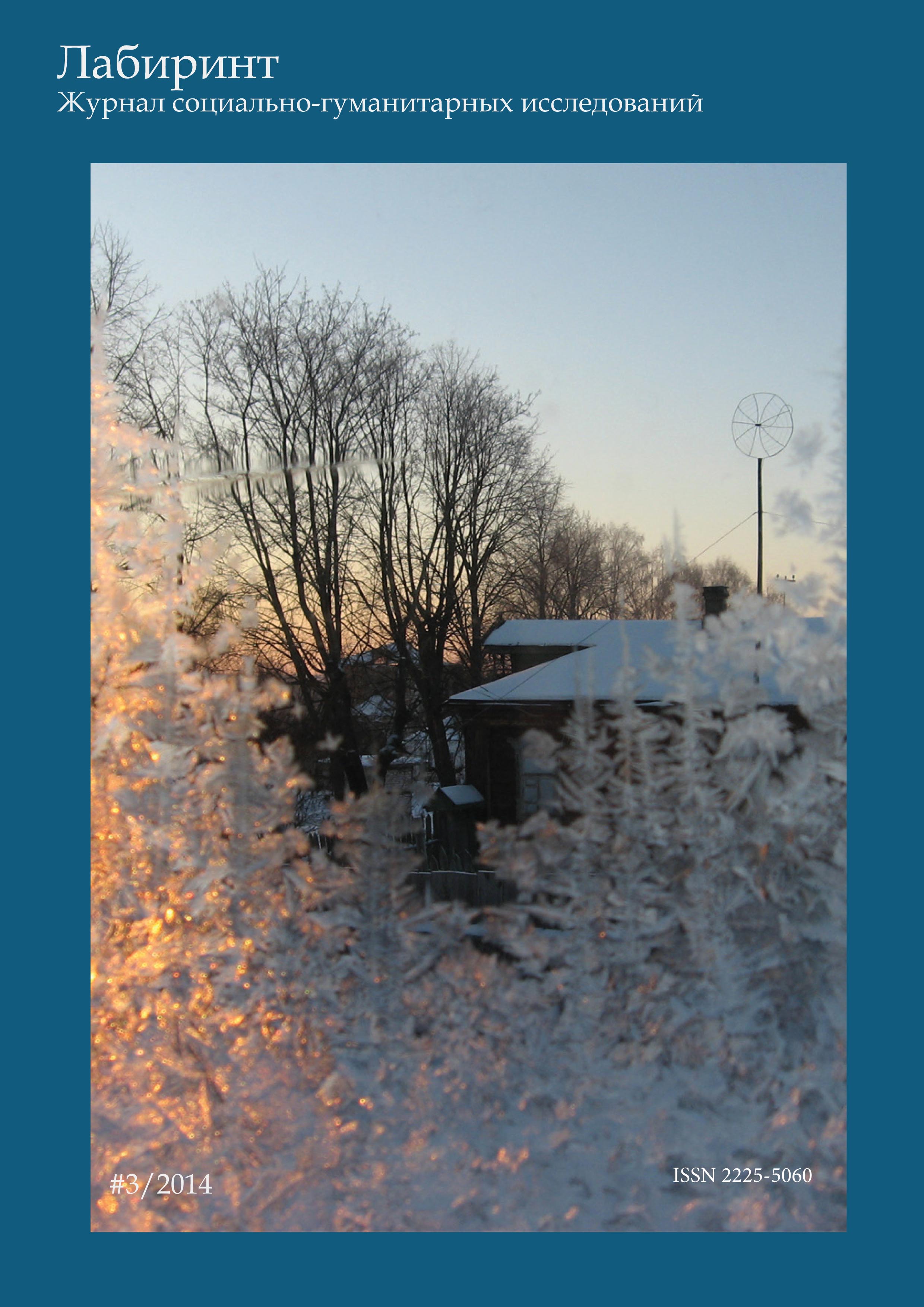
25-28 августа 2014 года в Перми на базе Пермского научного центра УрО РАН прошла летняя школа «Территориальная идентичность в современном мире: проблемы и перспективы ис- следования». Организаторами летней школы вы- ступили отдел по исследованию политических институтов и процессов ПНЦ УрО РАН, Лабора- тория по исследованию идентичности ПГНИУ и Экспертная Сеть по исследованию идентичности.
More...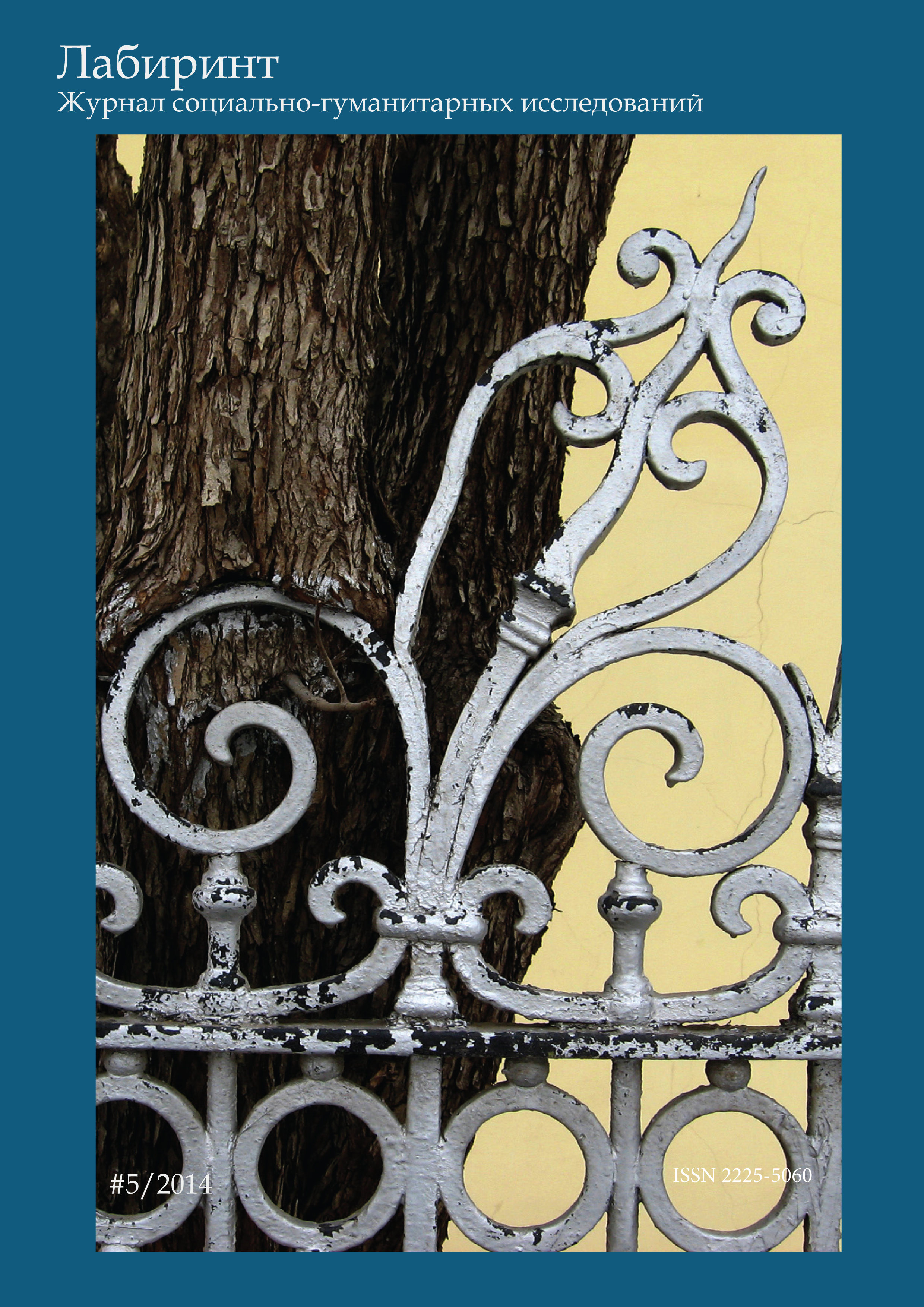
Участники четвертого семинара проекта «Советский мир: конформизм и конформисты» (организаторы и координаторы проекта — про- фессор Института гуманитарных наук и искусств, доктор филологических наук Мария Аркадьевна Литовская и профессор Института социально-по- литических наук, доктор философских наук Та- тьяна Анатольевна Круглова) продолжают иссле- довать художественные стратегии и рефлексию участников культурных процессов, идеологиче- ские проекты власти и интеллектуальных элит в СССР. Проблемное поле, заданное на первом семи- наре (2012 год), расширяется: на этот раз основное внимание уделено проблеме генезиса феномена конформизма в период сталинской и хрущевской модернизаций.
More...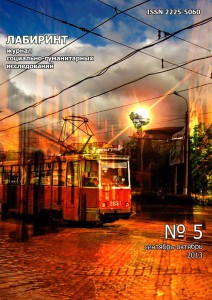
Конференция состоялась 28–29 ноября в Российском государственном гуманитарном университете, в числе организаторов — РГГУ, Отделение социокультурных исследований РГГУ, Институт культурного и природного наследия имени Д. С. Лихачева МК РФ. Первая конференция «География искусства» состоялась в 2009 году в Институте Наследия.Открыла конференцию руководитель Отделения социокультурных исследований, доктор исторических наук Г. И. Зверева, она подчеркнула междисциплинарный характер форума, возможность обсудить с разных точек зрения особенности бытия культуры в пространстве.
More...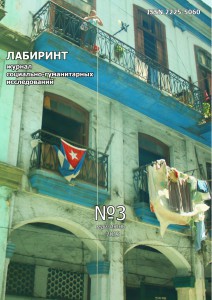
В рамках празднования 290-летия города Перми на базе Пермского государственного гуманитарно педагогического университета при поддержке Министерства культуры, молодежной политики и массовых коммуникаций Пермского края проходила конференция «Город как стиль — Пермь как стиль: формирование современной городской идентично- сти». Любые городские и региональные проекты в сфере культуры, экономики или политики, так или иначе, касаются проблем территориальной идентичности. Идет ли речь о брендинге городов или о решении социальных проблем, о планировании городских территорий или о местных политических элитах, научное сообщество, власть и общественность не могут избежать обсуждения содержания идентичности и ее представления внешнему наблюдателю.
More...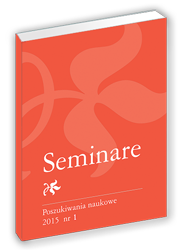
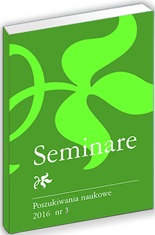
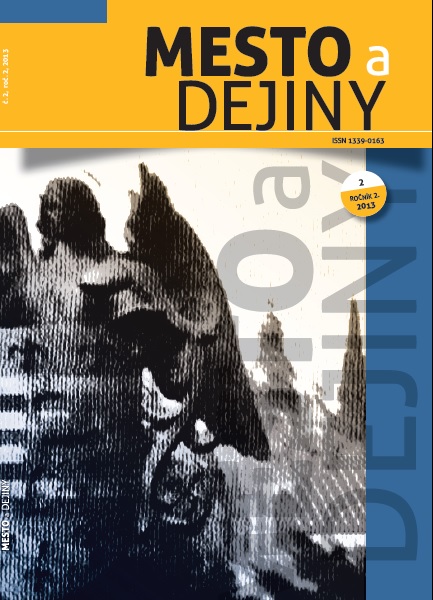
Košice v súradniciach európskych dejín. Poznávanie dejín Slovenska. Pramene, metódy a poznatky. Věda a technika v českých zemích mezi světovými válkami. Historické medzníky vo vývoji Košíc v 20. storočí. Remembering the City : A Guide Through the Past of Košice. The Transformation of Memory after 1945: European Perspectives on the City, Migration and Remembrance. Stretnutie mladých historikov III. Človek, spoločnosť, doba. Zasadnutie Česko -slovenskej komisie historikov – vedecký seminár Centrum a periféria v Československu (región a jeho vymedzovanie). Spoločnosť a knižná kultúra (knižnice – osobnosti – udalosti). Hosťovské prednášky na Katedre histórie FF UPJŠ.
More...